- +(86) 18681141326
- sales@polysmarts.com
- Building 2, No. 8, Guangbao Road, Qishi Town, Guangdong Province, CN
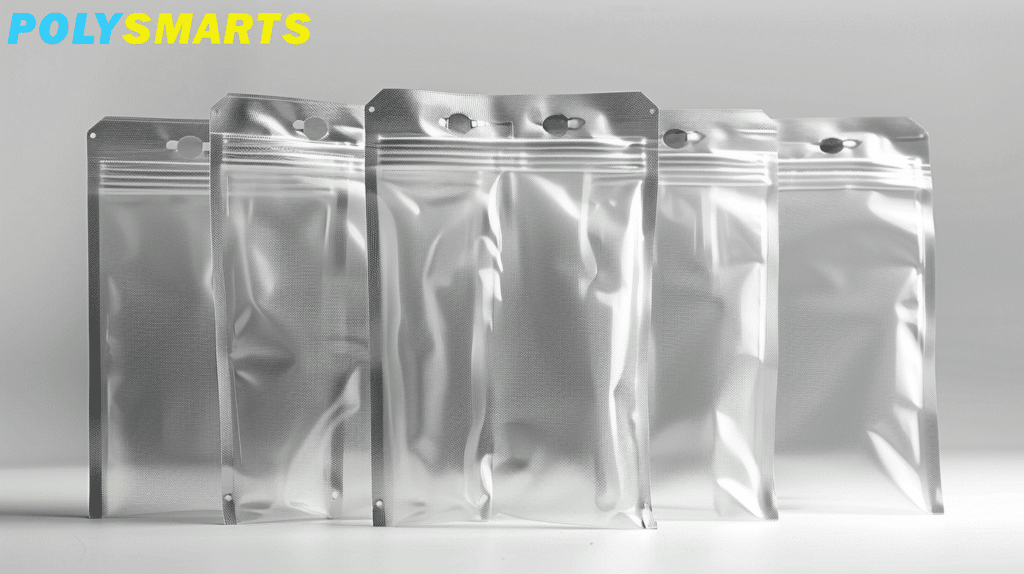
When it comes to protecting your goods from moisture damage during shipping, sealed plastic bags are often seen as a go-to solution. But is this really the best approach? Let’s dive into the complexities of moisture protection and explore why the answer isn’t as straightforward as you might think.
Understanding Plastic Bag Protection
At Polysmarts, we understand that every shipping scenario is unique. Our Peace of Moisture Mind approach takes into account all these factors to provide you with a tailored, effective, and sustainable moisture protection solution.
We measure and address key areas to identify the optimal strategy for your goods, whether that involves plastic packaging, desiccants, container-level humidity control, or a combination of methods.
While sealed plastic bags can offer some protection against moisture damage, they’re not a one-size-fits-all solution. To truly safeguard your goods and optimize your shipping process, it’s crucial to consider all aspects of moisture protection.
Want to ensure your products arrive in perfect condition? Get in touch with Polysmarts today, and let us help you find the ideal moisture protection strategy for your unique needs.
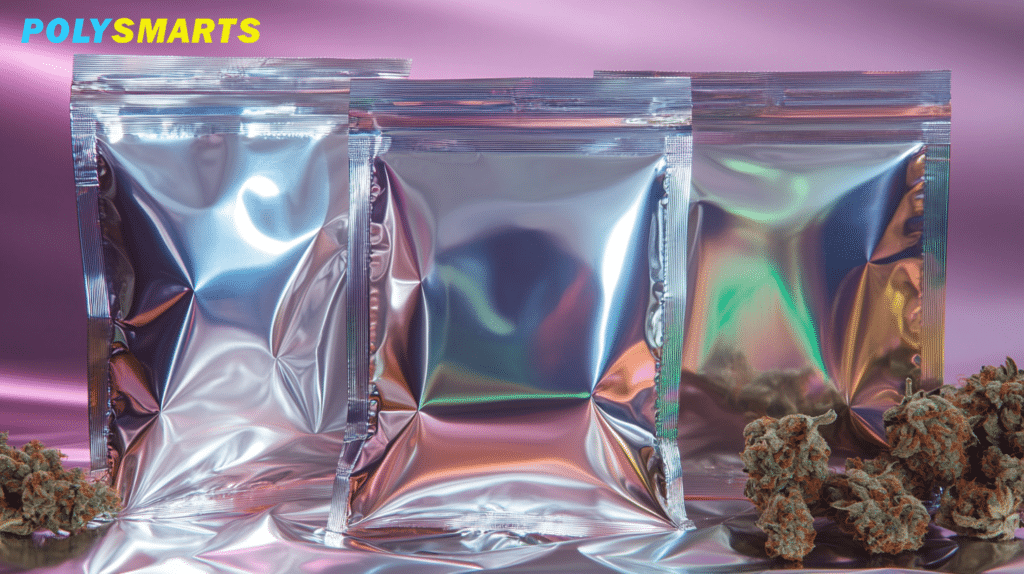
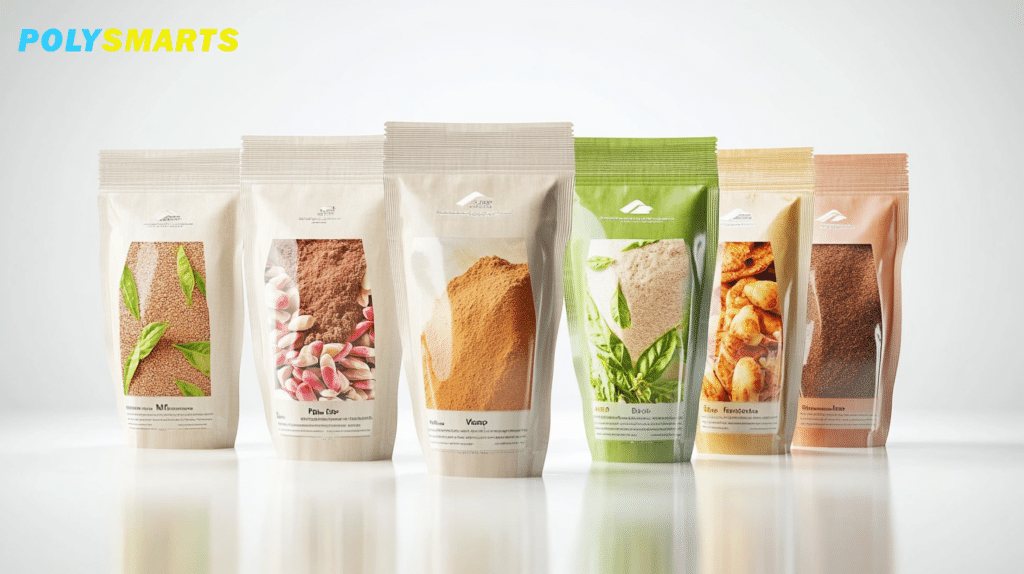
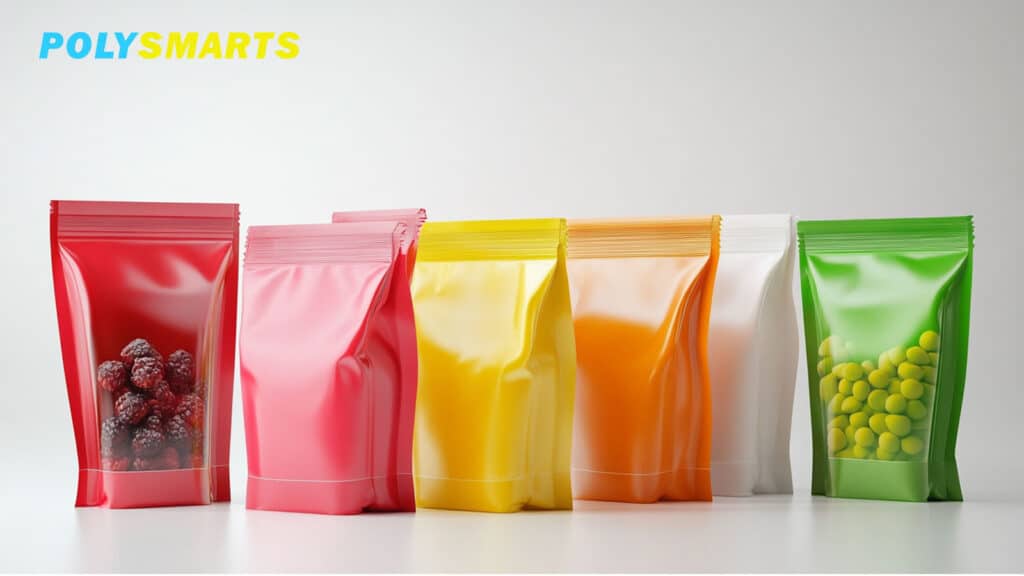


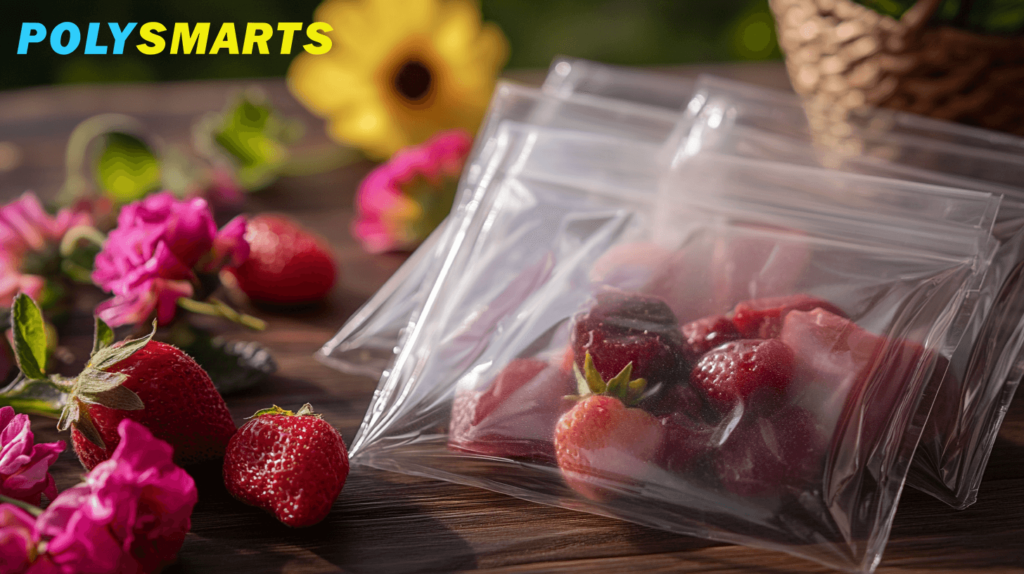
Simply fill out the form below as best you can. Don’t worry the details.
Flexible packaging bags offer superior versatility compared to rigid packaging. Learn how these innovative bags can be customized for countless applications from food to medical uses.